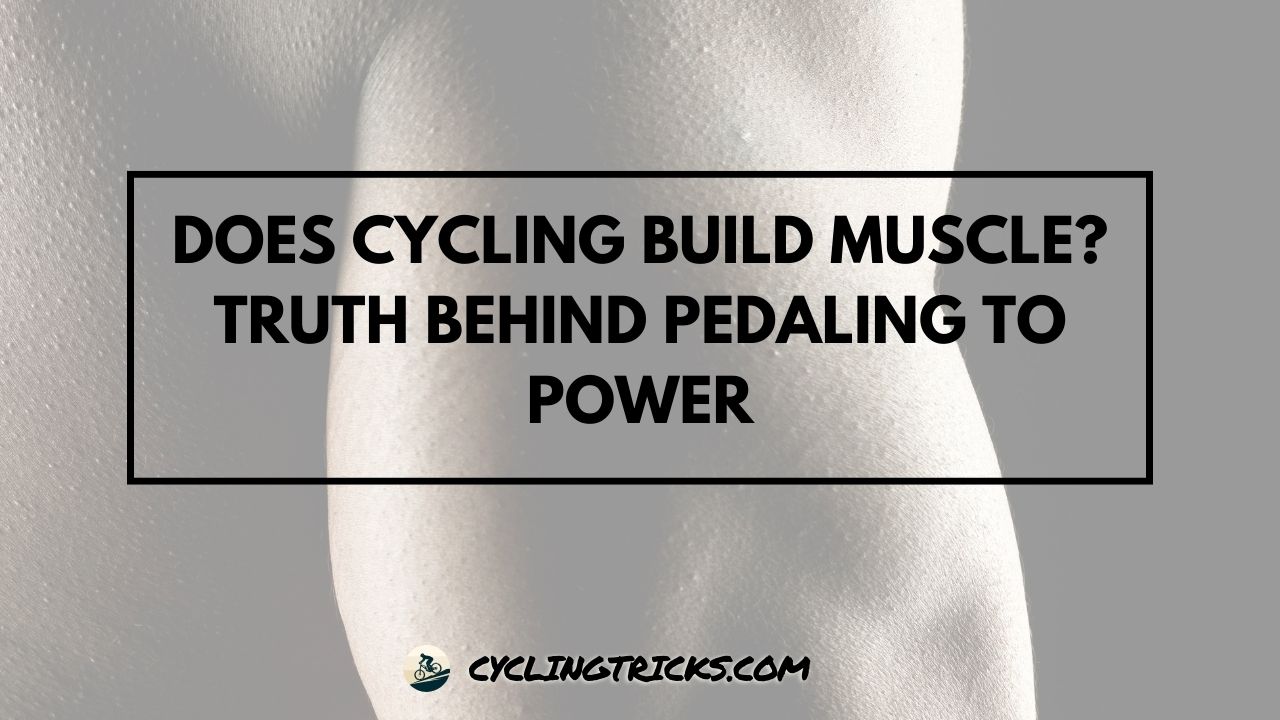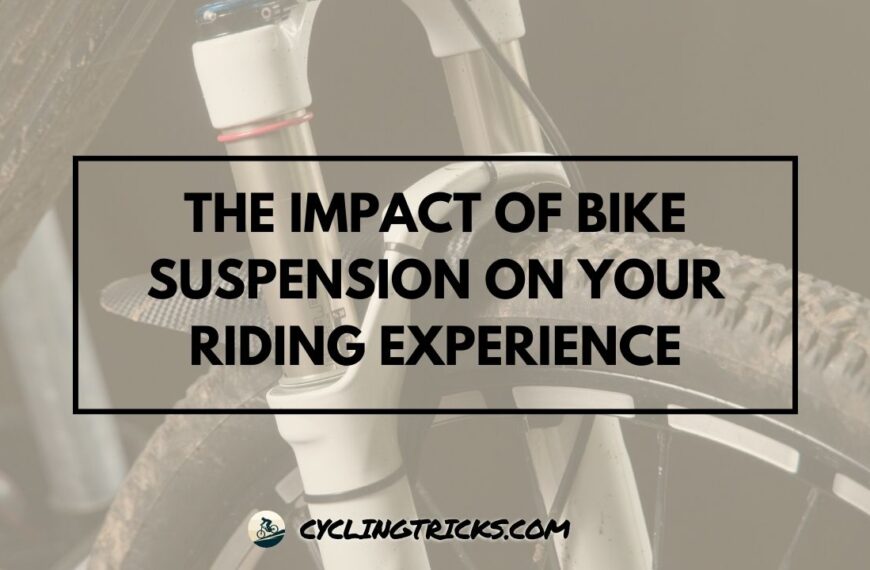Did you know that back pain affects 80% of adults at some point in their lives? It’s a common problem that can significantly impact our daily activities and overall well-being.
But here’s some good news: cycling might just be the solution you’ve been looking for. Studies have shown that cycling can offer numerous benefits for your back health and provide effective pain relief.
So let’s dive in and explore how cycling can help keep your back in top shape.
Key Takeaways:
- Cycling can offer numerous benefits for back health
- Regular cycling can help alleviate back pain
- Cycling improves spinal health and strengthens back muscles
- Maintaining proper cycling posture is crucial for a healthy back
- Cycling is an effective exercise for lower back pain relief
Is Cycling Good for Your Back?
Yes, with proper form and posture, cycling can be good for your back. It’s low-impact and strengthens core muscles that support your back. However, poor posture or an ill-fitting bike can cause pain.

How Cycling Supports Back Health and Relieves Pain
Incorporating cycling into your fitness routine can be incredibly beneficial for your back health and provide much-needed relief from back pain. Cycling not only helps strengthen the muscles in your back but also promotes overall spinal health.
Let’s explore the various ways in which cycling can improve back strength and alleviate pain.
Improving Back Strength through Cycling
Cycling is a low-impact exercise that engages a variety of muscle groups, including those in your back. As you pedal, the repetitive motion works to strengthen the muscles in your lower back, upper back, and core. This increased strength helps support your spine and provides stability, reducing the risk of back injuries and discomfort.
In addition to strengthening the back muscles, cycling also promotes proper posture. Maintaining a correct posture while cycling enhances the alignment of your spine and reduces strain on the back. As a result, it can help alleviate pain caused by poor posture or musculoskeletal imbalances.
Cycling Benefits for Spinal Health
Cycling is a weight-bearing exercise that helps improve bone density and spinal health. The impact of cycling on the spine can stimulate the production of new bone cells, strengthening the vertebrae and reducing the risk of conditions such as osteoporosis.
Regular cycling also enhances spinal flexibility and joint mobility. As you ride, the motion of pedaling helps to loosen up tight muscles and joints in the back, relieving stiffness and promoting a greater range of motion. This increased flexibility can help alleviate back pain and improve overall comfort.
I have personally experienced how cycling has improved my back health. Not only has it strengthened my back muscles, but it has also provided significant relief from chronic back pain. Cycling has become an essential part of my fitness routine, and I highly recommend it to anyone looking to improve their back health.
Maintaining Proper Cycling Posture for a Healthy Back
When it comes to cycling, maintaining proper posture is essential for a healthy back. By adopting the correct posture while riding, you can minimize the risk of back pain and improve your overall cycling experience.
So, let’s dive into the key elements of good cycling posture and discover why it’s so beneficial for your back health.
The Key Elements of Good Cycling Posture
First and foremost, maintaining a neutral spine is crucial for a healthy back while cycling. This means keeping your back straight and avoiding excessive forward or backward bending. By doing so, you distribute the weight evenly across your spine and reduce strain on the back muscles.
Another important element is the proper alignment of your head and shoulders. Keep your head up and look forward, rather than constantly looking down at the ground. This helps maintain a natural alignment of your neck and spine, preventing unnecessary strain and discomfort.
Additionally, ensure that your elbows are slightly bent and relaxed. Avoid locking them out, as this can lead to increased tension in the shoulders and upper back. By maintaining a relaxed posture, you allow your muscles to work efficiently and decrease the risk of pain or injury.
The Benefits of Proper Cycling Posture
Proper cycling posture offers several benefits for your back health. Firstly, it helps to alleviate pressure on the intervertebral discs, which are responsible for cushioning your spine. Maintaining a neutral spine position reduces the compression forces on these discs, promoting their health and longevity.
Furthermore, adopting good posture while cycling can enhance the overall stability of your spine. By keeping your core engaged and your back aligned, you provide a solid foundation for powerful pedal strokes. This not only improves your cycling performance but also helps to prevent excessive strain on your back muscles.
In addition to the physical benefits, maintaining proper cycling posture can also enhance your comfort on the bike. When your body is positioned correctly, you’ll experience less fatigue and discomfort during long rides. This allows you to enjoy your cycling adventures to the fullest without back pain holding you back.
Cycling as an Effective Exercise for Lower Back Pain
When it comes to finding relief from lower back pain, cycling can be an incredibly effective exercise. Not only does it provide a low-impact workout that is gentle on the joints, but it also helps to alleviate pain and improve back strength.
By incorporating cycling into your fitness routine, you can experience significant benefits for your back health.
Alleviating Back Pain through Cycling
Cycling is a great way to relieve back pain and discomfort. The repetitive motion of pedaling helps to increase blood flow and oxygenation to the muscles, which can reduce inflammation and ease soreness in the lower back.
Additionally, cycling promotes the release of endorphins, which are the body’s natural pain relievers, providing much-needed relief from discomfort.
Furthermore, cycling engages the muscles in the legs, hips, and core, which helps to provide stability and support to the spine. This can alleviate the pressure and stress on the lower back, reducing pain and promoting a healthier posture.
Improving Back Strength with Cycling
In addition to pain relief, cycling also offers the opportunity to strengthen the muscles in your back. When you ride a bike, your back muscles are actively engaged to maintain balance and stability. The continuous nature of cycling helps to build endurance and strength in these muscles, making them more resilient and less prone to injury.
Moreover, cycling also targets the muscles in the glutes, hamstrings, and quadriceps, which are essential for supporting the lower back. By strengthening these muscle groups, you can alleviate strain on the back and improve overall back health.
Techniques and Precautions
While cycling can be beneficial for lower back pain, it’s important to practice proper techniques and take necessary precautions to avoid exacerbating existing pain or causing new injuries. Here are some tips to keep in mind:
- Ensure your bike is properly adjusted to fit your body proportions, with an appropriate saddle height and handlebar position. This will help maintain good posture and reduce strain on the back.
- Start with shorter rides and gradually increase the duration and intensity to avoid overexertion.
- Engage your core muscles while cycling to provide additional support to your back.
- Listen to your body and take breaks or rest days when needed.
- If you have chronic back pain or any underlying back conditions, it’s always best to consult with a healthcare professional before starting a cycling routine.
By following these techniques and precautions, you can maximize the benefits of cycling for lower back pain relief and improve your overall back strength.
Conclusion
In conclusion, cycling offers numerous benefits for back health and pain relief. By incorporating cycling into your routine, you can support your back’s well-being, improve spinal health, and strengthen your back muscles. Regular cycling can be a powerful tool in promoting a healthy back and enjoying a pain-free life.
Cycling supports back health by providing a low-impact form of exercise that puts minimal strain on the back. Unlike high-impact activities, such as running, cycling allows for a smoother motion that reduces the risk of jarring or compressing the spine. This gentle yet effective exercise can help alleviate back pain and prevent further injury.
Furthermore, cycling helps improve spinal health by promoting proper alignment and posture. It engages the core muscles, including the back muscles, which work synergistically to support the spine. As you pedal, your back muscles are activated, helping to maintain stability and reduce the risk of back problems.
Moreover, the impact of cycling on back health extends to the strengthening of the back muscles. As you cycle, your back muscles are continually engaged to maintain balance and propel your movements. This regular activation helps to build strength and endurance in the back, contributing to a stronger and more resilient spine.









